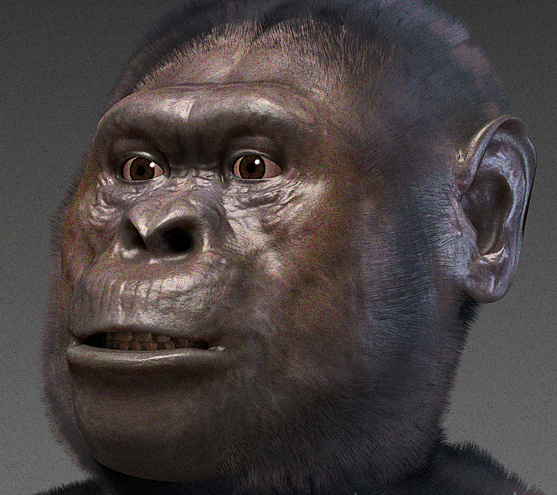After telling you to go for walk instead of a run (at least every once in a while), I am now telling you somewhat counterintuitively that old women and men should sprint.
Most older athletes get automatically cornered into the long-distance type of running. There are two problems with it especially if you are a beginner and/or not doing any other sport/cross-training:
- You already need a base fitness to run (and not the other way around) – jogging alone does not sufficiently improve your fitness without some additional type of strength training
- The repetitiveness, time-intensive nature and chronic stress of endurance type running can lead to frequent injuries, fatigue and the wrong hormonal milieu for an aging human being – triggering stress hormones instead of the desired anabolic growth hormones to counteract muscle loss
Let me suggest an alternative ingredient to your program – even though I am usually the only one doing them (at least at my age) even when on the track: do some sprints as well.

Before we go at the why and how a word of caution: with the popularity of High Intensity Interval Training (HIIT) many of you might say that you already go to the track once or twice a week and run fast. Running 400m repeats with short and incomplete recoveries or some type of the popular 4*4 minute repeats is not sprint training because you run at fast but sub-maximal speed (for the nerds: around 85% of maximum heart rate and in between the lactate threshold 2 and V02max) and not all out at maximum speed. High-intensity training has its place as well, especially for competitive athletes in preparation for the competition phase, but needs to be dosed very carefully for the average athlete because it is very costly in recovery terms.
Sprint training is different and when I started sprint training, I had to seriously unlearn some endurance type-habits such as
- learning that it might be worthwhile to properly warm-up for 20 minutes to prepare for the acute stress of a session
- learning that distance does not equal work: a typical session for me could well be an extensive warm-up, 5 flying 50 meter sprints, some strides, a short cool-down and me going home after 45 minutes
- learning that the real cost of sprinting is not only muscular but neurological as well. In order to really go at maximum speed and with good techniques, you need to take to 2-3 minute breaks, something that gets you funny stares from the leisurely joggers on the track as you seem to be spending most of your time walking up and down the track
The benefits are amazing though and include health, performance and mood:
- Health: one of the key problems to fight for the masters athlete is sarcopenia or the loss of muscle mass as a result of aging. There are two types of muscle fibers, slow and enduring (type I) and fast, powerful but fast-exhausting (type II). You tend to lose type II or fast fibers at a faster rate than type I fibers, which is why many older athletes prefer endurance type activities because their performance in these activities does not decline as much. Wrong answer though because you use it or lose it. There are only two ways to properly recruit type II fibers: sprinting or heavy weights. Many people do not have access to a full Olympic weightlifting set-up (and are not properly trained in its technique) and might be afraid of heavy weights but everyone can find a grass patch for some sprinting (and knows the basic technique already). Also, there is a significant neurological component to sarcopenia, i.e., it is not only the number and size of your muscle fibers but also the brains ability to recruit as many as possible of them. There are few more explosive, powerful movements that involve a coordinated contraction of all major muscular chains than sprinting (other than possibly Olympic lifts again which are beautiful, powerful but difficult)
- Performance: Even if you are an endurance runner, sprint training improves your running economy and makes you faster even at sub-maximal speeds. In my view, the benefits go beyond the weight room as they are more specific and in particular address the elastic and energy-returning properties of the entire movement apparatus (joints, sinews, connective tissue) and not only improved muscle mass. Still, improved muscle mass is a side benefit, just look at legendary sprinters and masters sprinters and how much better they look than pure endurance athletes
- Mood: First of all, it feels great to be sprinting and lets you travel straight back to early childhood and/or that exhilarating feeling of running away from the teacher/police/neighbor when you were a little older. Secondly, the recovery cost are actually very modest. I definitively cannot do more than one such work-out a week, but feel surprisingly fresh both right after as well as on the next day, which you can use for any other work-out. Also, to add a little female perspective to our oftentimes overly male dominated sphere of masters athletics: sprint interval training seems to be particularly suited to counteract some of the specific side-effects of menopause.
All nice and fine but is sprinting not dangerous and prone to lead to injuries? Indeed, you need to ease into it like all new activities and deal with the exercise paradox that goes far beyond sprinting: while sprinting can lead to injuries such as hamstring tears the best protection against it is being a well-trained sprinter and doing resistance training.
Here is a great practical resource that helped me in getting started. It is a guide to sprinting for general fitness from the track team at Altis.
